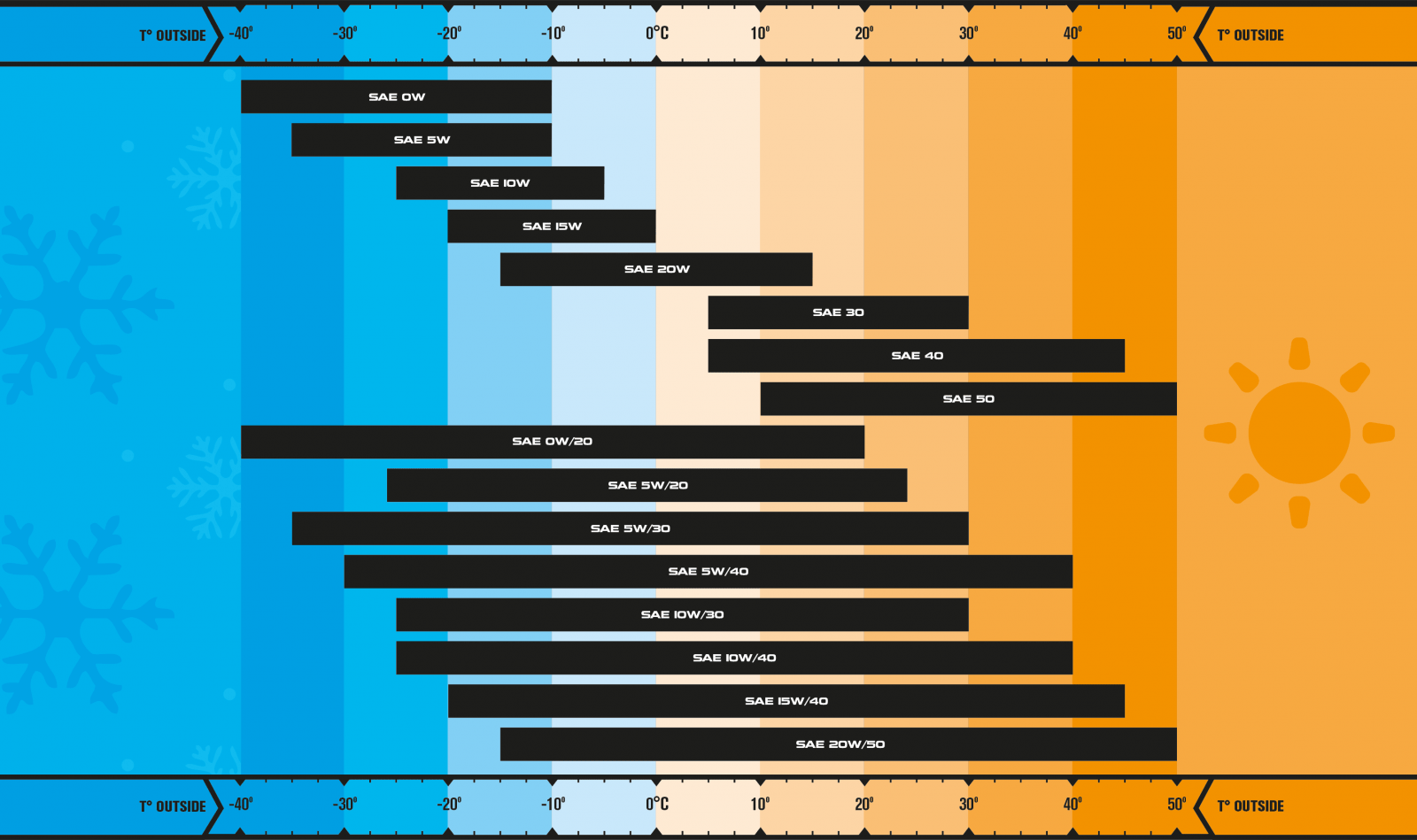Can You Use 0w20 Instead Of 5w20
Past Tsukasa Azuma
Last updated Jan 25, 2021
0 comments
Both 0W20 and 5W20 are low-viscosity and high-quality synthetic oils that tin can greatly optimize the fuel economy. When yous use such advanced total-synthetic oil conception, the engine likewise performs at its highest efficiency. Is there any difference betwixt 0W20 vs 5W20 ? Or, tin can you interchange them for loftier-mileage vehicles, commuter cars, and trucks?
Keep reading to get your answers.
What Do These Oil Numbers Mean?
To empathise the differences or compare 0W20 vs 5W20 , you should know what the numbers of these oils mean.
These numbers refer to the weight and viscosity (or thickness) of the oil. The letter of the alphabet 'W' means both varieties are suitable for cold temperatures. The first number earlier the letter refers to the oil's thickness at a cold temperature and the number following the letter indicates the thickness at operating temperature. On a side annotation, motor oil becomes thinner when heats upwardly (loftier temperatures) and thicker when gets cold (low temperatures).

And then, 0W20 means the oil's viscosity is 0 in cold temperatures and twenty at the operating temperature. The 5W20 oil is the same except for a viscosity of 5 in cold temperatures.
Both oils are designed to apply in cold-weather regions. However, these multi-grade oils can perform in hot weather too, although not extremely hot.
Come across More
- What'south the Expected Lifespan of Synthetic Oil?
- How SAE Determines the Quality of Oil?
0W20 vs 5W20: Different or Aforementioned?
Breaking down the numbers of these oils indicates that they don't have many differences.
Motor oil's sole role is to lubricate the engine and its components. It is at its highest efficiency when the engine is at the operating temperature because warm oil flows well. The properties of 0W20 and 5W20 are identical when they are at that temperature.
The '0' and 'v' denoting the cold-flow properties have zero to do with the thickness at operating temperature. Sure, 0W20 will flow ameliorate than 5W20 at low temperatures, but the difference is minimal and both versions run thin in cold weather. However, if you live in an extremely cold region, the 0W oil will do less damage than the 5W oil while starting the engine.
Is It Possible to Interchange the Oils?
If you expect at an oil nautical chart (given below), you will run into the both 0W20 and 5W20 are in almost the same spectrum.

0W20's range is from -40° to twenty° while 5W20'southward is from -25° to 20°. If yous live in a severely cold region where the temperature gets beyond minus 25°, 0W20 is the better option. If there is no chance for the weather condition to get that much cold, you tin can interchange the oil. However, it's ameliorate to use the 0W variant in farthermost weather because the engine may endure difficulties at the starting if you use the 5W version.
However, information technology's always improve to check your owner's transmission to see the recommended viscosity for the ambient temperatures. If both variants are on that list, use them without whatsoever hesitation.
Can You Use 0w20 Instead Of 5w20,
Source: https://carfromjapan.com/article/car-maintenance/0w20-vs-5w20-synthetic-motor-oil/
Posted by: allenthwary.blogspot.com


0 Response to "Can You Use 0w20 Instead Of 5w20"
Post a Comment